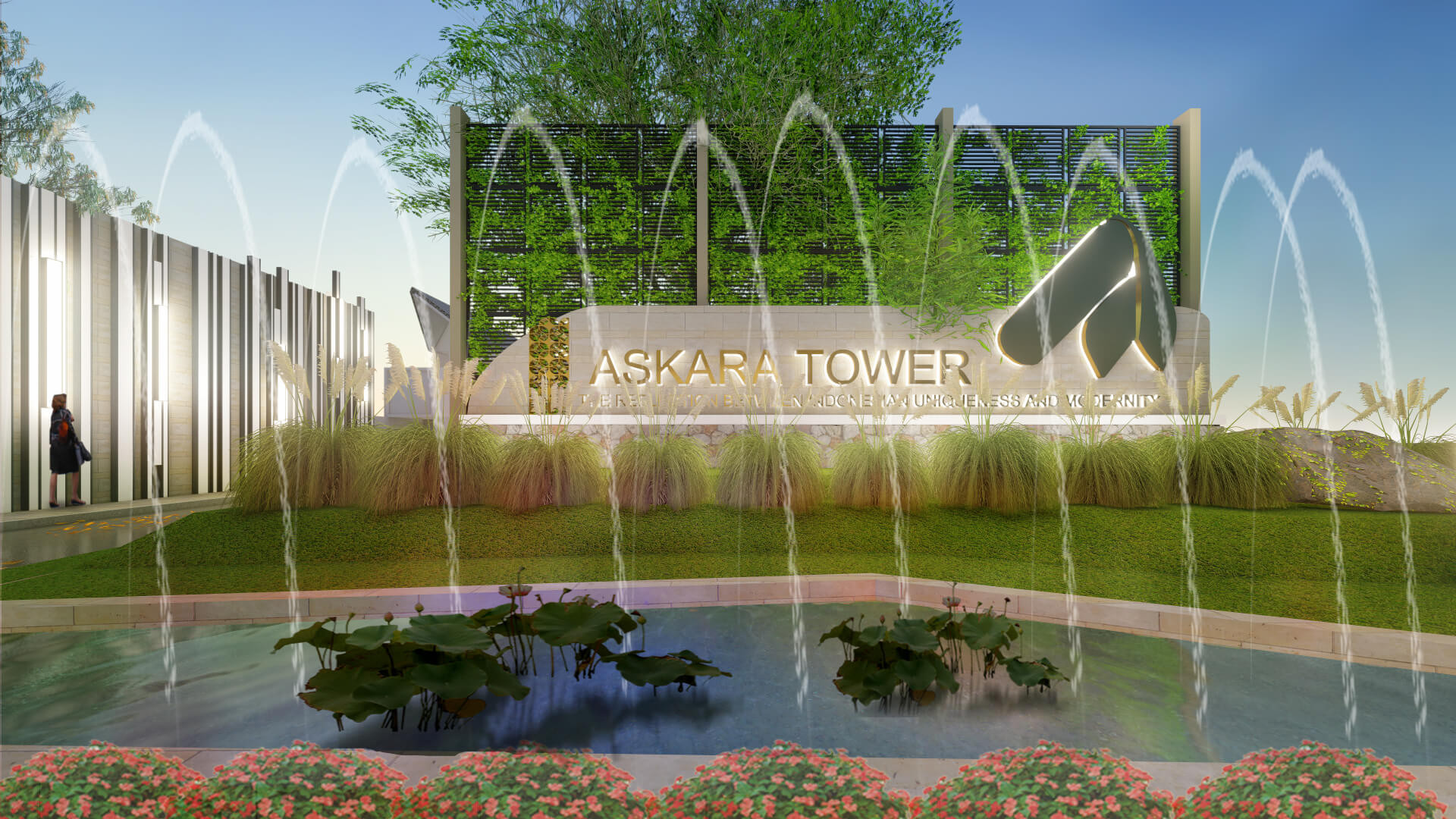
Apartment buildings have existed for centuries. In the great cities of the Roman Empire, because of urban congestion, the individual house, or domus, had given way in early imperial times to the communal dwelling, or insula (q.v.), except for the residences of the very wealthy. Four stories were common, and six-, seven-, or eight-story buildings were occasionally constructed. Another type of apartment existed in Europe in the Middle Ages, consisting of a great house or mansion, part of which was subdivided into smaller sets of rooms in order to house the servants and other retainers of an important person. In contrast to these “apartments,” which were simply personal suites within great houses, the apartment house as it is known today first appeared in Paris and other large European cities in the 18th century, when tall blocks of flats for middle-class tenants began appearing. In the typical Parisian apartment building, the size of the apartments (and the financial means of the tenants) decreased with each successive story in a four- or five-story building.
By the mid-19th century, large numbers of inexpensive apartment houses were under construction to house swelling numbers of industrial labourers in cities and towns across Europe and in the United States. These buildings were often incredibly shabby, poorly designed, unsanitary, and cramped. The typical New York City apartment, or tenement, a type first constructed in the 1830s, consisted of apartments popularly known as railroad flats because the narrow rooms were arranged end-to-end in a row like boxcars. Indeed, few low-cost apartment buildings erected in Europe or America before 1918 were designed for either comfort or style. In many European cities, however, particularly in Paris and Vienna, the second half of the 19th century witnessed great progress in the design of apartments for the upper-middle class and the rich.
The modern large apartment building emerged in the early 20th century with the incorporation of elevators, central heating, and other conveniences that could be shared in common by a building’s tenants. Apartments for the well-to-do began to offer other amenities such as leisure facilities, delivery and laundry services, and communal dining rooms and gardens. The multistory apartment house continued to grow in importance as crowding and rising land values in cities made one-family homes less and less practicable in parts of many cities. Much government-subsidized, or public, housing has taken the form of apartment buildings, particularly for the urban elderly and working classes or those living in poverty. Apartment-block towers also were erected in large numbers in the Soviet Union and other countries where housing construction was the responsibility of the state.

